First Look: Argon ONE Up Laptop Powered by Compute Module 5
At Embedded World 2025, Argon Forty unveiled the Argon ONE Up — a full-size laptop built around the Raspberry Pi Compute Module 5 (CM5). Known for their popular Pi cases, Argon Forty has taken a bold step by turning the CM5 into a practical, portable system. The result? The largest Raspberry Pi “case” they’ve ever made — and it happens to be a laptop.
Designed with makers and everyday users in mind, the Argon ONE Up aims to blend general usability with access to features typically left off Pi-powered notebooks.
Hardware Access, Storage, and I/O Designed for Tinkering
Unlike most Pi laptops, the Argon ONE Up includes full GPIO access, giving developers the flexibility to prototype or test hardware on the go. Inside, the Compute Module 5 connects via PCIe to enable fast NVMe storage, helping it perform more like a traditional laptop.
All the expected ports are here, too: dual USB 3.0, a USB 2.0 (used partially for internal peripherals), TF card slot, and a 3.5mm audio jack. A built-in webcam is also planned, with a target spec of 1080p. This is paired with a comfortable keyboard and a responsive multi-touch trackpad, delivering a complete mobile experience.
Touchpad, Keyboard, and Launch Plans
Hands-on impressions suggest the keyboard and touchpad are better than what you'd expect from a Pi-based laptop. The typing experience was even likened to premium laptops — and the trackpad supports multi-touch gestures. All of this is targeted to come in at under $400, making it a compelling device for anyone wanting more out of a Raspberry Pi system.
The Kickstarter campaign is expected to launch around June 2025, with shipping planned before the end of Q3. If you’re looking for a portable Pi device with real performance and expandability, this might be the one to watch.
The Argon ONE Up brings together desktop-level usability and full Raspberry Pi GPIO access in one sleek package. Designed by makers for makers, it’s a powerful entry into the portable Pi ecosystem. You can learn more or follow the project via the official Kickstarter page.
Did you enjoy this article?
Make sure you subscribe to The Electromaker Show for similar content and subscribe to our monthly newsletter!



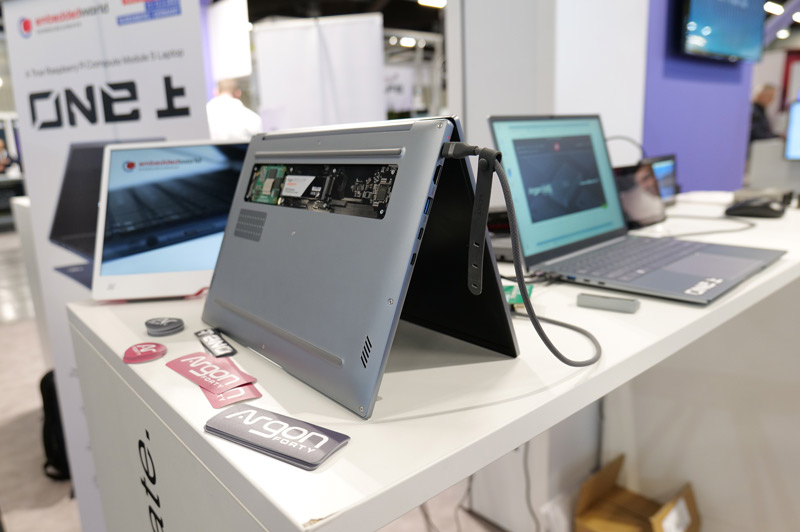

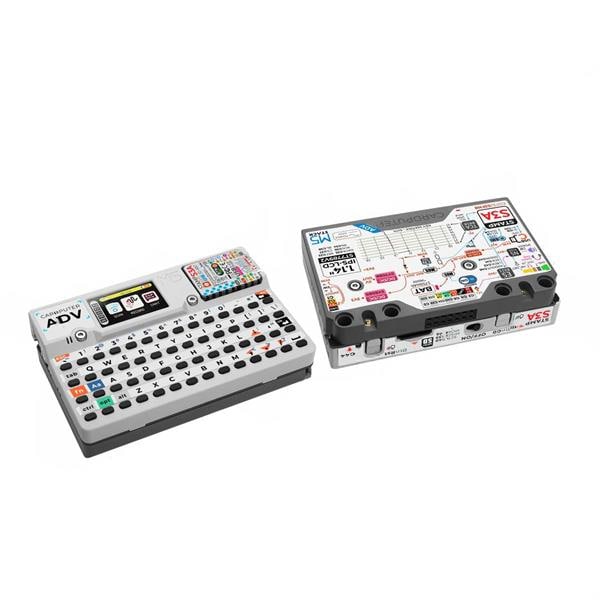
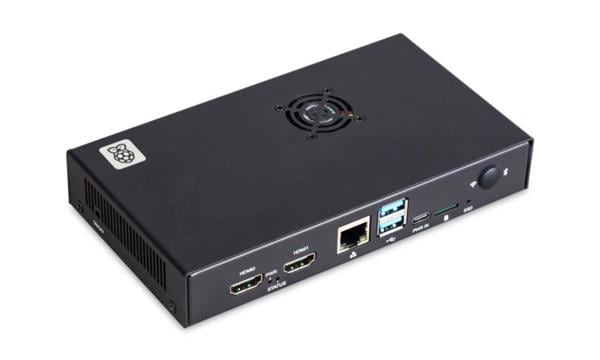


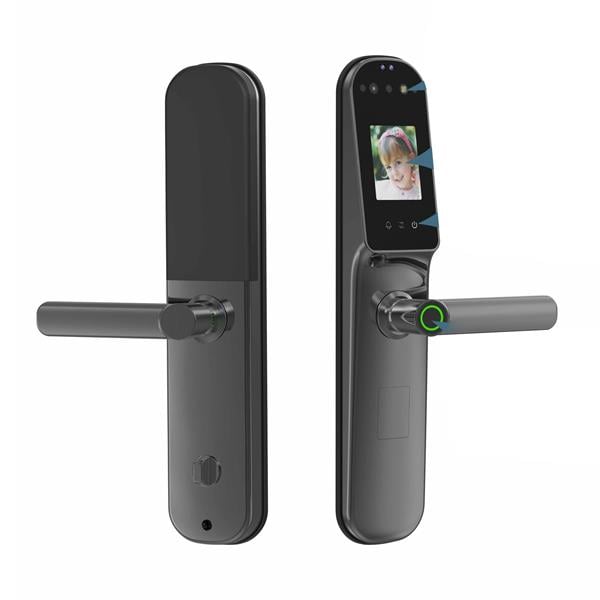


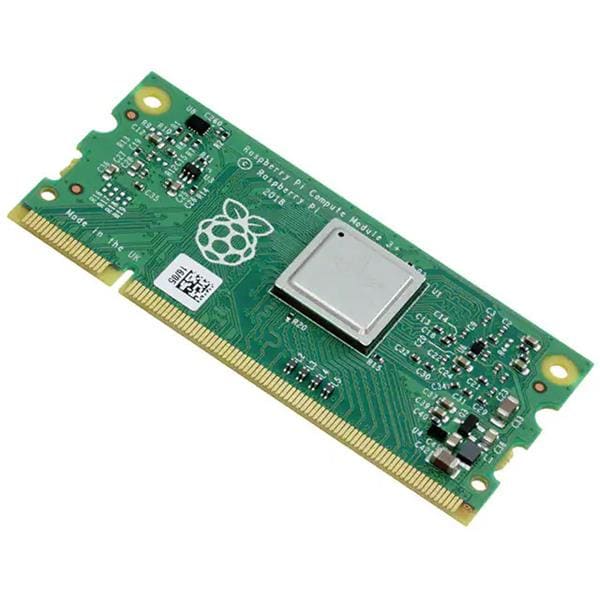


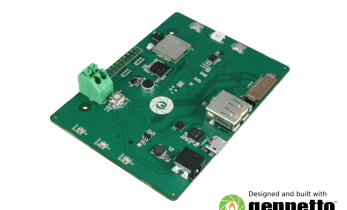













Leave your feedback...